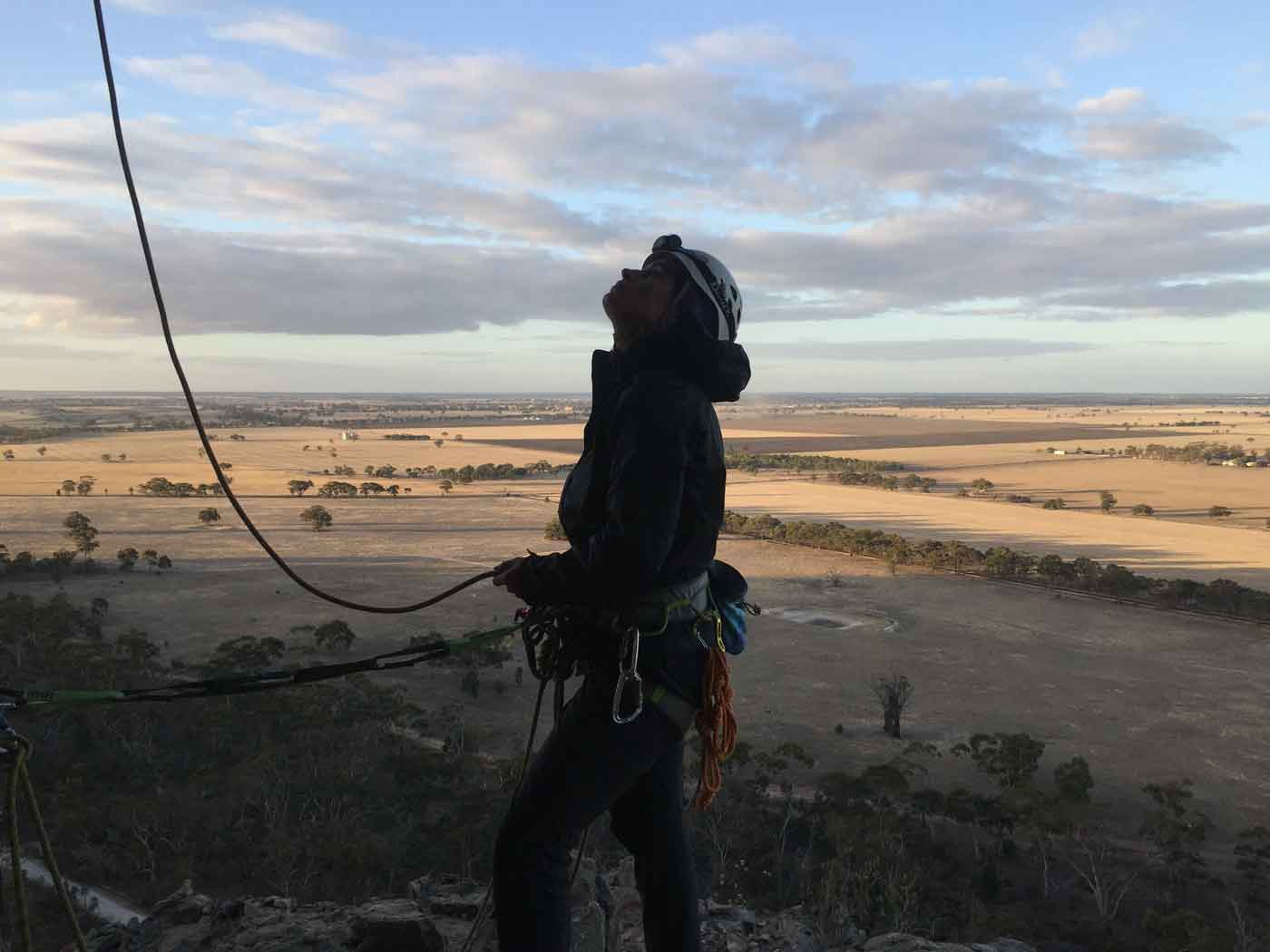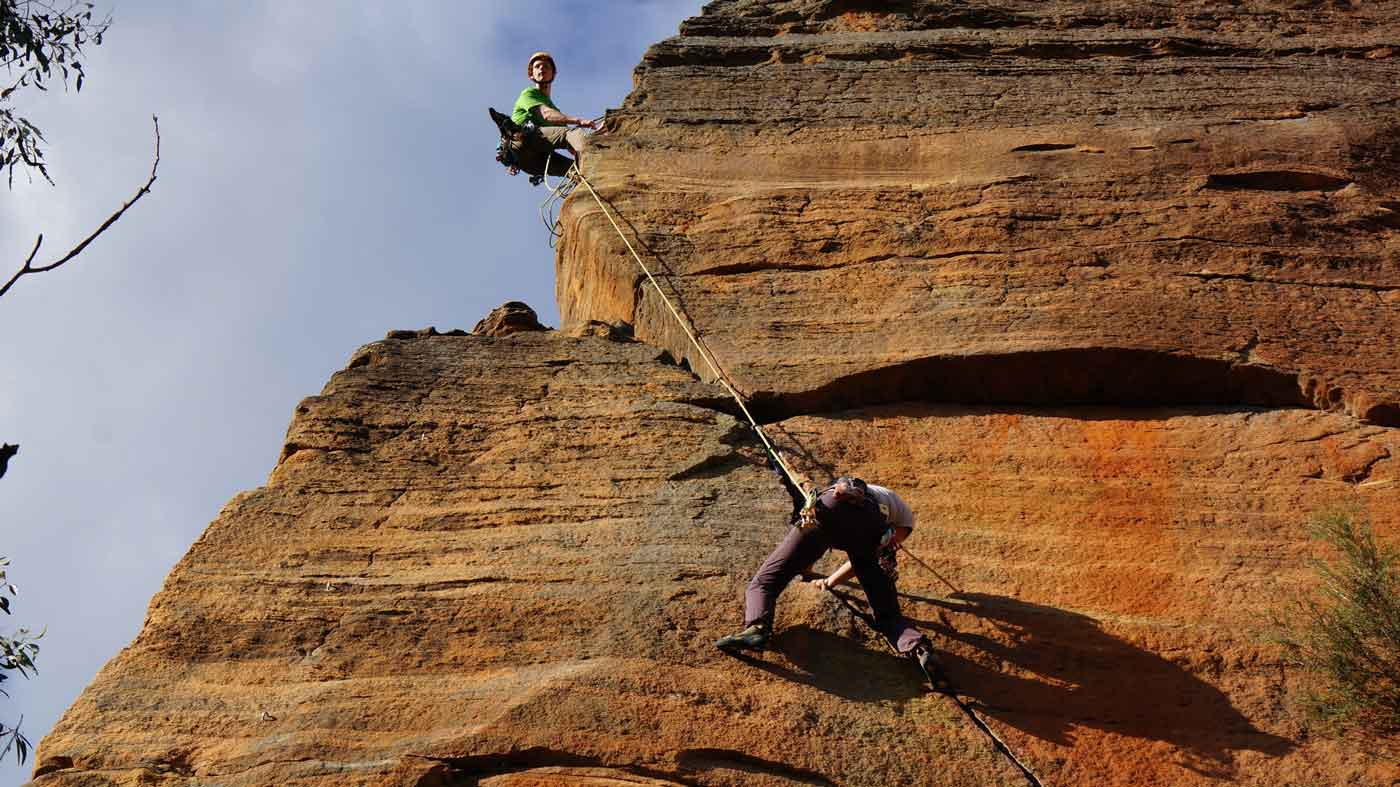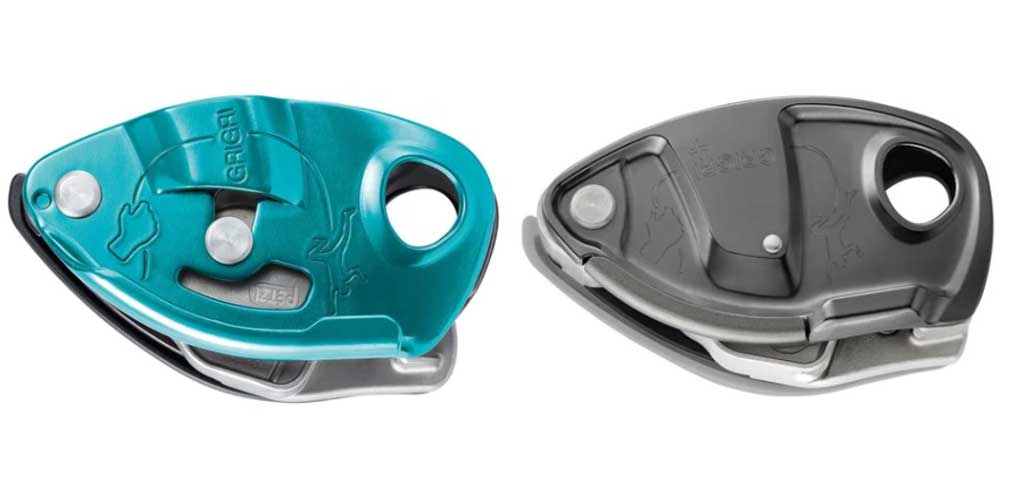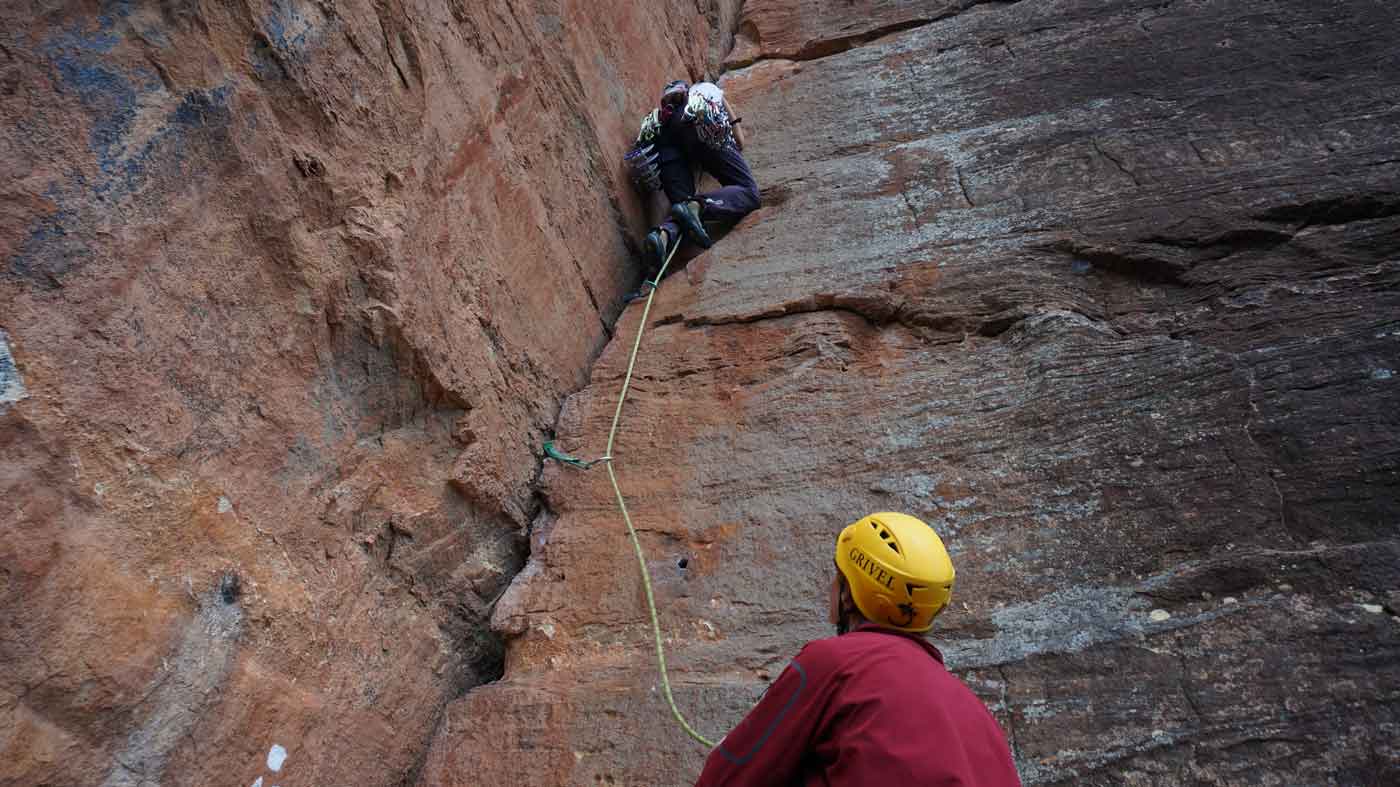Belay Device Buyers Guide
Navigating the world of belay devices can be a mission. There are so many different styles available and within each style, multiple iterations of similar designs. Below is a guide that walks you through the decision-making process. If looked after, your choice in device will last you many years.

What Style of Climbing Are You Doing?
Different styles of device are more suitable for different styles of climbing. For example whilst autolocking devices make the catch super easy for sport climbers taking repeat falls all day, they usually don’t allow for double ropes which are often used in trad climbing. It is not uncommon to see a trad climber using an autolocking device or vice versa but using the devices described below can make the experience more comfortable.
Gym Climbing
In the gym the standard device is the tube style device as it is the simplest to use. Despite this, due to the elevated number of falls accrued in the gym it is a good idea to consider an assisted braking device for this purpose. With short and uncomplicated approaches (from the carpark) a bulkier more durable device can be used without much consequence.
Sport Climbing
In sport climbing the climber is often taking multiple falls in a session whilst working a project or going for redpoint attempts. Assisted braking devices can make it easier to belay in these circumstances. They also allow for a little bit more confidence in the belay when pushing hard at your limit. Sport climbing also comes with a smaller rack and hence the need for a lightweight device is often replaced by the need for durability. Finally many sport climbs don’t require you to abseil at any stage and so the device generally only needs to handle a single rope.
Trad Climbing
Traditional climbers often carry far heavier racks of gear and spend less time falling than sports climbers do. This means you will benefit from using a lighter weight device that is less bulky. On top of that, climbing on trad often involves the use of double ropes and so it is important to have a device that can handle this. This also allows for a more simple abseil setup on the approach or descent, which is often more complicated on trad routes.
Ice and Alpine Climbing
Ice and Alpine climbing usually involves the use of thinner ropes which is an important consideration when purchasing a device. These ropes will provide less friction for both the belayer and abseiling climber and hence must be used with an appropriate device. They also need to be light weight as the approach to these areas is often long and involves heavy packs. Devices for this style also need to be able to take double ropes as these are quite common for both climbing and abseiling.

Styles of Devices
Tube Style

Tube style devices (often called ATCs) use a sharp bend in the path of the rope to generate large amounts of friction when catching a falling climber. This is the style of device the top-ropes in gyms are usually set up to use. They are not normally assisted braking and are often made entirely out of aluminium which means they wear down faster. The use of aluminium does make them lighter though and so they are also often used for Trad and Alpine climbing. In these styles of climbing they allow the climber to climb and abseil on double ropes. Many tube style devices often come with a ‘guide mode’ which makes them even more adaptable. Guide mode allows them to be used as an auto-locking top belay in a multipitch scenario, as an ascender and as a progress capture device in a rescue scenario. This makes them a great do-it-all device.
Camming Style

Camming style devices use moving parts to pinch the rope when a climber falls. They are most commonly used by sports climbers as they are excellent at catching consistent falls. Because of this they often use steel in certain high wear components of the device to make them more durable. While this means they last longer it also makes them heavier. They are also usually more bulky than tube style devices as they have more critical parts. These devices often have a handle which allows you to release the lock when lowering a climber or abseiling off a single strand. Some devices also come with a ‘panic’ function which prevents this handle being released too quickly. They are usually more complicated to use but once mastered make the act of belaying far easier and more comfortable.
Examples of Tube Style
DMM MantisThe Mantis is a great first belay device for those mainly looking at climbing indoors or doing single pitch routes. |
Petzl ReversoThe Reverso has a guide mode which allows it to be used for more advanced climbing applications such as multipitch climbing. It is also a good entry level device. |
DMM PivotThe Pivot incorporates a rotating action to the guide mode function of the device that allows more control when lowering a climber. This device is particularly good for those attempting more multipitch routes and belaying from above more regularly. |
Edelrid MegajulThe Megajul is an exception to the tube style trend as is autolocking. This makes it a great device for those catching a greater number of falls. It is super light and minimalist which also makes it great for trad and alpine climbing. It also allows, like most tube style devices, for double ropes. |
Examples of Camming Style
Petzl GrigriThe Grigri has been the standard in camming devices since the early 90s and continues to be regularly updated to improve durability, smoothness and to reduce bulkiness. It is a great option for sport climbers or those climbing mainly in gyms as it makes catching falls much more comfortable. |
Petzl Grigri+The Grigri+ is a spin-off of the Grigri with some added safety features and different friction modes. The panic function helps to prevent lowering the climber too quickly and so adds to the safety of the system for a less experienced belayer. Switching between lead and top-rope mode also allows for a smoother belaying action as the camming component can be adjusted to the task at hand. This is a good device for those who are newer to the art of belaying and would like some backup measures. |
Edelrid EddyThe Edelrid Eddy Belay Device is an brake assisted or semi-automatic style climbing belay device. Think of it as very similar to a Petzl Gri Gri but with one added feature - panic pull braking. This means that when the descent leaver is pulled it will lower the climber, however if the belayer panics and pulls it all the way open it will brake again. So in a high stress situation, no matter if the belayer opens the lever all the way out, or lets it go, the device will still brake. |

By Daniel Butler
